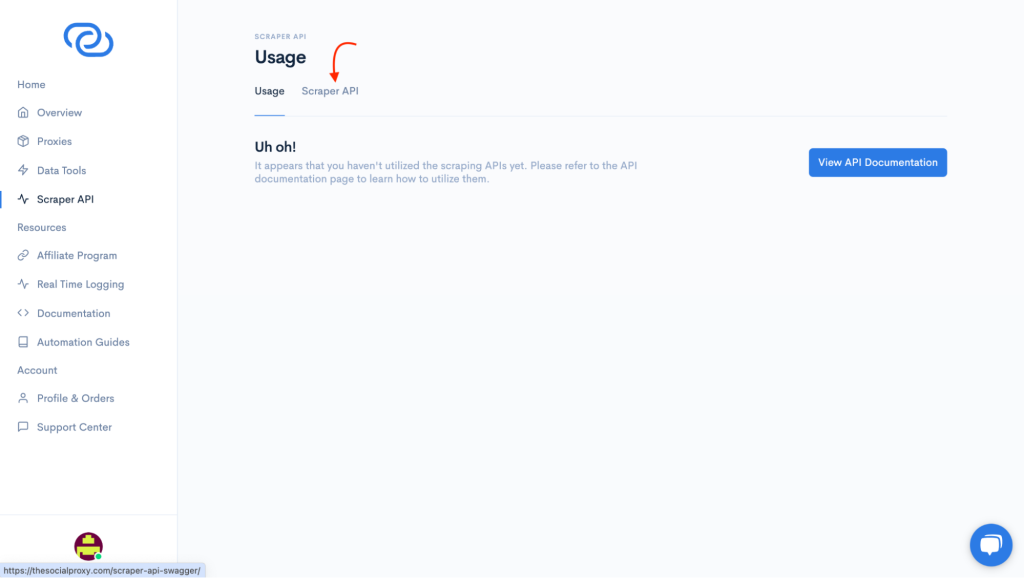const request = require('request');
const csv = require('csv-writer').createObjectCsvWriter;
// Function to scrape Facebook
function scrapeFacebook(callback) {
const options = {
method: 'POST',
url: 'https://thesocialproxy.com/wp-json/tsp/facebook/v1/search/posts?consumer_key={CONSUMER_KEY}&consumer_secret={CONSUMER_SECRET}',
headers: {
'Content-Type': 'application/json',
},
body: JSON.stringify({
typed_query: 'WooCommerce review',
start_date: '2024-08-15',
end_date: '2024-08-24',
}),
};
request(options, function (error, response) {
if (error) throw new Error(error);
try {
const data = JSON.parse(response.body);
const results = data.data.results.map((result) => ({
platform: 'Facebook',
name: result.actors[0].name,
text: result.message,
url: result.url,
}));
callback(null, results);
} catch (parseError) {
callback(parseError);
}
});
}
// Function to scrape LinkedIn
function scrapeLinkedIn(callback) {
const options = {
method: 'GET',
url: 'https://thesocialproxy.com/wp-json/tsp/linkedin/v1/search/posts?consumer_key={CONSUMER_KEY}&consumer_secret={CONSUMER_SECRET}&keywords=WooCommerce review',
headers: {
'Content-Type': 'application/json',
},
};
request(options, function (error, response) {
if (error) throw new Error(error);
try {
const data = JSON.parse(response.body);
const results = data.data.posts.map((post) => ({
platform: 'LinkedIn',
name: post.author.first_name + ' ' + post.author.last_name,
text: post.text,
url: post.url,
}));
callback(null, results);
} catch (parseError) {
callback(parseError);
}
});
}
// Function to save results to CSV
function saveToCSV(data) {
const csvWriter = csv({
path: 'WooCommerce.csv',
header: [
{ id: 'platform', title: 'Platform' },
{ id: 'name', title: 'Name' },
{ id: 'text', title: 'Text/Message' },
{ id: 'url', title: 'URL' },
],
});
csvWriter
.writeRecords(data)
.then(() => console.log('CSV file has been written successfully'));
}
// Main function to run both scrapes and combine results
function reviewScraper() {
scrapeFacebook((fbError, fbResults) => {
if (fbError) {
console.error('Facebook scraping error:', fbError);
return;
}
scrapeLinkedIn((liError, liResults) => {
if (liError) {
console.error('LinkedIn scraping error:', liError);
return;
}
const combinedResults = [...fbResults, ...liResults];
saveToCSV(combinedResults);
});
});
}
// Run the scrapes
reviewScraper();















